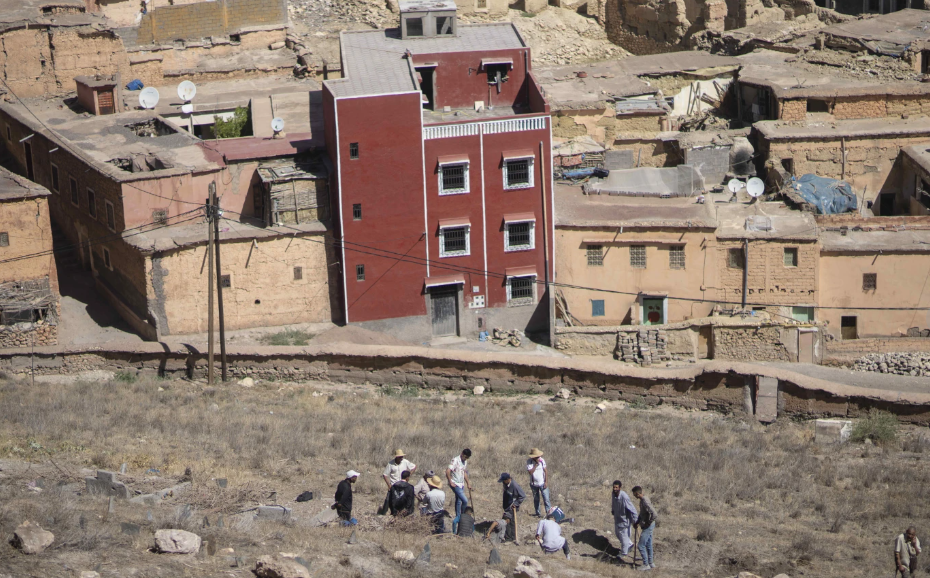Scientists Say Gold Nuggets Could Form Through Electricity

The Spark of Gold
New research suggests that electrical currents in the Earth might be responsible for the formation of gold nuggets.
As detailed in a new study published in Nature Geoscience, this theory could explain why large chunks of gold—sometimes weighing over a hundred pounds—appear in quartz veins, while there seem to be only trace amounts of the metal in the surrounding earth.
Chris Voisey, the lead author of the study and a geologist at Monash University in Australia, told Forbes: “The standard explanation is that gold is deposited from hot, water-rich fluids as they flow through cracks in the Earth’s crust. As these fluids cool down or undergo chemical changes, the gold separates and gets trapped in the quartz veins.” “While this theory is widely accepted, it doesn’t fully explain the formation of large gold nuggets, especially given the very low concentration of gold in these fluids.”
The Pressure Factor
The answer lies in the common but widespread mineral where gold nuggets are found: quartz.
Quartz crystals have a property known as piezoelectricity, meaning they can generate an electrical charge when subjected to mechanical pressure, like being squeezed. Being underground, they are likely subjected to these forces from all directions.
However, the most powerful pressure triggers are earthquakes, hundreds of which occur every day.
The researchers hypothesized that the regular application of these tectonic forces could generate electricity in quartz veins strong enough to pull gold from the fluids in the Earth’s crust. Over time, this electricity accumulates to form full-grown nuggets.
The researchers wrote in the study: “Quartz is the only abundant piezoelectric mineral on Earth, and the cyclical nature of seismic activity that drives the formation of orogenic gold deposits means that quartz crystals in the veins will be subjected to thousands of pressure pulses.”
Pay Dirt
To test the theory, the researchers placed quartz crystals in an aqueous solution containing dissolved gold and then subjected them to earthquake-like pressures. As they expected, the quartz generated enough voltage to accumulate gold nanoparticles on the crystals.
Voisey told Forbes: “Essentially, quartz acts as a natural battery, with gold as the electrode, and more gold gradually accumulates with each seismic event.”Our discovery provides a clear and compelling explanation for how large gold nuggets are formed within quartz veins.”
Other scientists in the field found these results intriguing.
Taija Turvila, a geologist at the University of Leeds in the UK, who was not involved in the study, told The Guardian: “The piezoelectricity theory is interesting because it helps increase the concentration of any nanoparticles, but it also explains why early quartz veins in fault zones are usually barren: you need to have the quartz veins there first before the piezoelectric effect can be triggered.”
Taija suggests that understanding this effect could be used to target gold deposits—but to be practical, “we’d need to know if there are any detectable surface signs that this process would leave behind.”
More on Current Events: Scientists say they’ve discovered a strange source of electricity at the bottom of the ocean.



